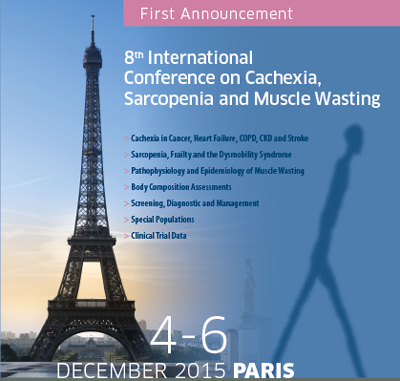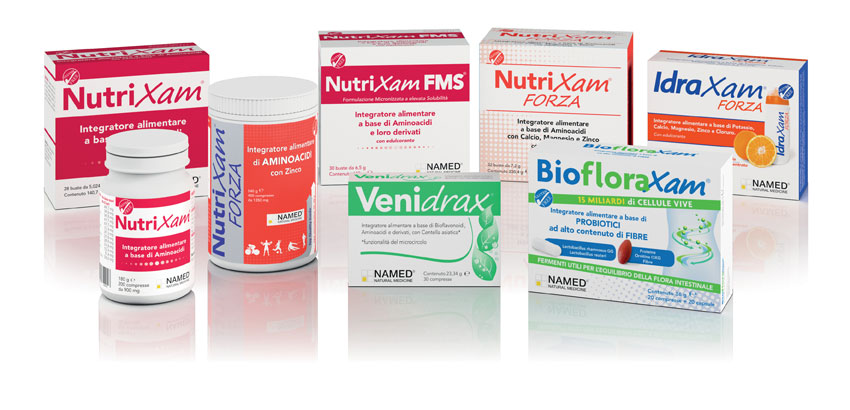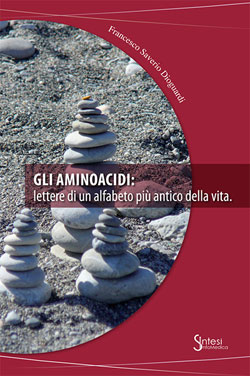Wasting and microbiota derangement induced by a peculiar “fed ad libitum”, normocaloric diet providing 20% nitrogen but deprived of essential amino acids. An experimental model
Giovanni Corsetti 1, Claudia Romano 1, Evasio Pasini 2, Vincenzo Flati 3, Guerino Lombardi 4, Roberto Bevilacqua 5, Francesco S. Dioguardi 6
1 Department of Clinical and Experimental Sciences, Division of Human Anatomy and Physiopathology, University of Brescia, Brescia, Italy,
2 S. Maugeri Foundation, IRCCS, Cardiology Rehabilitation Division, Medical Centre of Lumezzane, Brescia, Italy,
3 Department of Biotechnology and Applied Clinical sciences, University of L'Aquila, Italy,
4 Department of laboratory Animals, IZSLER, Brescia, Italy,
5 C Pozzo Foundation, Milano, Italy,
6 Department of Clinical Sciences and Community Health, University of Milan, Milan, Italy
 Background and aims: An experimental model of sarcopenia wasting and cachexia (SWC) was induced by a normocaloric diet. SWC is rapidly induced by the absence of essential amino acids (EAA) in quantitatively normal nitrogen intake.
Background and aims: An experimental model of sarcopenia wasting and cachexia (SWC) was induced by a normocaloric diet. SWC is rapidly induced by the absence of essential amino acids (EAA) in quantitatively normal nitrogen intake.
Methods: Two groups of middle aged Balb/C male mice were fed according AIN93A-NIH7A rules for total nitrogen content. One group (n=11, NonEAA) was fed with a diet providing nitrogen as 100% NonEAA, second group (n=5, Controls) was fed with Purina chow. Both feed and water were provided ad libitum.
Results: NonEAA animals lost 30% of body weight (BW) after 21 days, although caloric intake was the same than in Controls. Organ weight/BW ratio in NonEAA vs Controls significantly increased in heart (1.01 ± 0.3 vs 0.66 ± 0.2), and decreased in kidneys (1.76 ± 0.2 vs 1.93 ± 0.1) and spleen (0.26 ± 0.05 vs 0.49 ± 0.12). In NonEAA group, E.Coli and fecal coliforms, multiplied and dominated the microbiota yet after 5 days, also increased were colonies of Mycetes. On the contrary, in gut flora of Controls, Lactobacillus was dominant.
In NonEAA group, serum albumin level decreased (22.6 ± 1.7 vs 28.7 ± 2.5 g/L), while the urea level increased (14.4 ± 3 vs 8.5 ± 2 mmol/L), compared to control animals. In NonEAA were also altered blood white cells: neutrophils increased (59.2% ± 6 vs 23% ± 5), while lymphocytes (37.3% ± 6.7 vs 73.7% ± 5.2) and platelets (542 ± 279 vs 1028 ± 486 K/µ) decreased.
Conclusions: diets containing excess of NonEAA may induce SWC in experimental models. This model further underlines pivotal role of EAA in nourishing demanding patients. Microbiota derangement follows malnutrition, thus treating microbiota without contemporarily treating protein malnutrition would fail to reach its goals. The question is if the anatomical and hystochemical modifications, and peculiarly those of liver, heart, kidneys and spleen, as well as those of microbiota, may be reversed, and at what extent, by re-nourishing SWC induced by "qualitative" malnutrition.
507 Journal of Cachexia, Sarcopenia and Muscle 2015; 6: 398-C509
DOI: 10.1002/jcsm.12087

